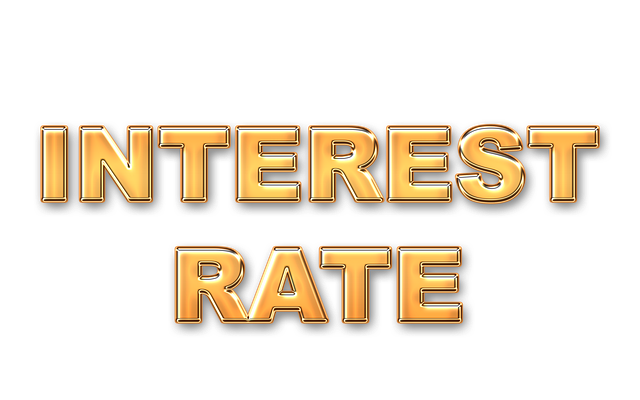Achieving affordable mortgage payments in real estate requires a balance between financial comfort and debt management. Factors like income stability, existing debts, down payments, credit scores, lender fees, and property location impact loan obligations. Real estate professionals guide clients through loan options, interest rates, and hidden costs for informed decisions. Strategies include budget adjustments, emergency funds, diversified investments, and flexible repayment plans to enhance sustainable loan repayments.
In today’s competitive real estate market, understanding monthly payment affordability is crucial for both buyers and lenders. This article delves into the intricacies of making mortgage payments sustainable, exploring key factors that influence affordability. From down payment strategies to loan terms, we examine how these elements impact long-term financial health. Additionally, we offer valuable insights on enhancing repayment sustainability, ensuring a solid foundation in the world of real estate.
Understanding Monthly Payment Affordability in Real Estate

In the realm of real estate, understanding monthly payment affordability is paramount for both buyers and lenders. It involves a delicate balance between ensuring that prospective homeowners can comfortably meet their financial obligations while avoiding burdensome debt traps. Key factors such as income stability, existing debt levels, and down payment amount significantly influence an individual’s ability to afford monthly mortgage payments over the long term.
Real Estate professionals play a crucial role in guiding clients through this process by offering insights into different loan options, interest rates, and potential hidden costs associated with homeownership. By carefully evaluating these factors, individuals can make informed decisions that align with their financial capabilities, ensuring a sustainable and secure future in their new homes.
Factors Affecting Affordable Mortgage Payments

In the realm of real estate, achieving affordable mortgage payments is a delicate balance influenced by multiple factors. One key aspect is the borrower’s credit score; a stronger credit history typically translates to more favorable interest rates, making monthly payments more manageable. Down payment amount plays a significant role as well; higher down payments can reduce the overall loan amount, thus lowering monthly obligations. Additionally, the type of mortgage program chosen makes a difference; fixed-rate mortgages offer stability with consistent payments over time, whereas adjustable-rate mortgages (ARMs) may provide initial savings but carry the risk of future rate fluctuations.
Lender fees and closing costs are other crucial elements that can impact affordability. These one-time charges, though necessary, add to the overall cost of ownership. Property location is also important; areas with lower average property values generally correspond with smaller mortgage payments compared to pricier real estate markets. Additionally, borrowers should consider their long-term financial goals and ensure that mortgage payments align with their ability to make consistent, comfortable repayments without compromising other essential expenses.
Strategies for Enhancing Loan Repayment Sustainability

To enhance loan repayment sustainability in the real estate sector, borrowers and lenders alike can employ several strategies. Firstly, maintaining a stable and predictable income stream is vital. For real estate investors, this might mean diversifying their portfolio to include various property types, ensuring a consistent cash flow regardless of market fluctuations. Additionally, setting aside an emergency fund equivalent to three to six months’ worth of living expenses can safeguard against unforeseen circumstances that may disrupt repayment capabilities.
Regularly reviewing and adjusting budgets is another effective approach. Borrows should closely monitor their spending patterns and make necessary cuts to free up funds for loan repayments. Lenders can facilitate this process by offering flexible repayment plans tailored to borrowers’ financial situations, enabling them to adjust terms as their circumstances evolve over time.






